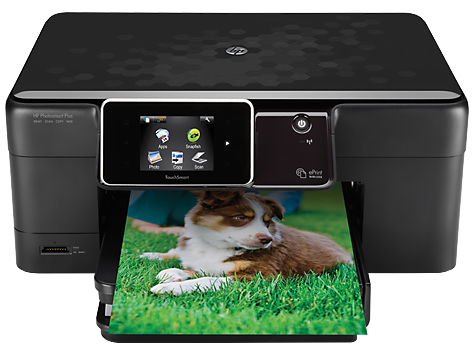

That's 3ppm faster than the SP 330DN, 4.3ppm slower than the B2236dw, and only 0.2ppm quicker than both the M15w and the ET-M1170. Then, I combined these results with those from printing the 12-page Word document in the previous test and came up with a score of 12.4ppm for churning out our entire set of 26 business documents in simplex mode. To continue testing, I clocked the B210 as it printed our collection of Adobe Acrobat business documents, Excel spreadsheets and charts and graphs, and PowerPoint handouts containing complex business graphics and typefaces at various sizes and colors. Epson's ET-M1170 inkjet laser alternative and HP's M15w, on the other hand, came in behind the B210 by a whopping 12.7ppm and 14ppm, respectively, in simplex mode. Comparatively, the Lexmark B2236dw printed the same document in duplex mode 3.7ppm quicker and beat the B210 in simplex mode by 1.9ppm, and the Ricoh SP 330DN managed two-sided prints at the rate of 1.1ppm slower, and churned out single-sided pages at 2.7ppm behind our Xerox test unit. The B210 churned out our 12-page Microsoft Word text document at the following speeds: two-sided pages at 14.3ppm and one-sided prints at 33ppm, or 2ppm faster than its rating.
HP PHOTOSMART PLUS B210 DUTY CYCLE WINDOWS 10
(I tested it via an Ethernet connection from our standard Intel Core i5 testbed PC running Windows 10 Professional.)

HP PHOTOSMART PLUS B210 DUTY CYCLE DRIVERS
For machines that come with their drivers set to two-sided printing, we test and record both their duplex and simplex (one-sided) print speeds. Also, like most Canon, Lexmark, and Ricoh laser printers, the Xerox B210 defaults to two-sided, or duplex, printing. The $100-list HP M15w, for example, is rated at 19ppm, and Epson rates the $350-list ET-M1170 at only 20ppm. Xerox rates the B210 at 31 pages per minute (ppm), which is fast for a $150 printer. You don't, however, get a USB port for printing from USB thumb drives and other USB storage devices, but then this isn't a critical feature on a monochrome printer, especially one with such strong mobile support and other connectivity options. Mobile device support includes Apple AirPrint, Google Cloud Print, Mopria, and Xerox's Print Service Plug-in for Android. Missing, though, is Wi-Fi Direct for connecting your mobile devices to the printer without either being part of a network or connected to a router. Standard connectivity on the B210 consists of 10/100Base TX Ethernet, Wi-Fi 802.11 b/g/n, and connecting to a single PC via USB 2.0. The matches the Lexmark B2236dw, but is higher than all of the other competitors mentioned here. The B210's maximum monthly duty cycle is a whopping 30,000 pages with a respectable recommended monthly print volume of 4,000 prints. Paper handling consists of one 250-sheet tray and a one-sheet override tray for printing one-off envelopes and other types of media. Also, the B210 prints two-sided pages automatically, and it supports HP's Printer Command Language (PCL) versions 5 and 6, as well as Adobe's PostScript 3, for better compatibility with graphic design and desktop publishing applications. Hence, it requires very little by way of controls, which is why it comes with such a simple, no-frills control panel, as shown here.Īs with most business-oriented printers nowadays, you can also access features, configure, and monitor the B210 from its built-in web site from your browser over a local area network or via the internet.


 0 kommentar(er)
0 kommentar(er)
